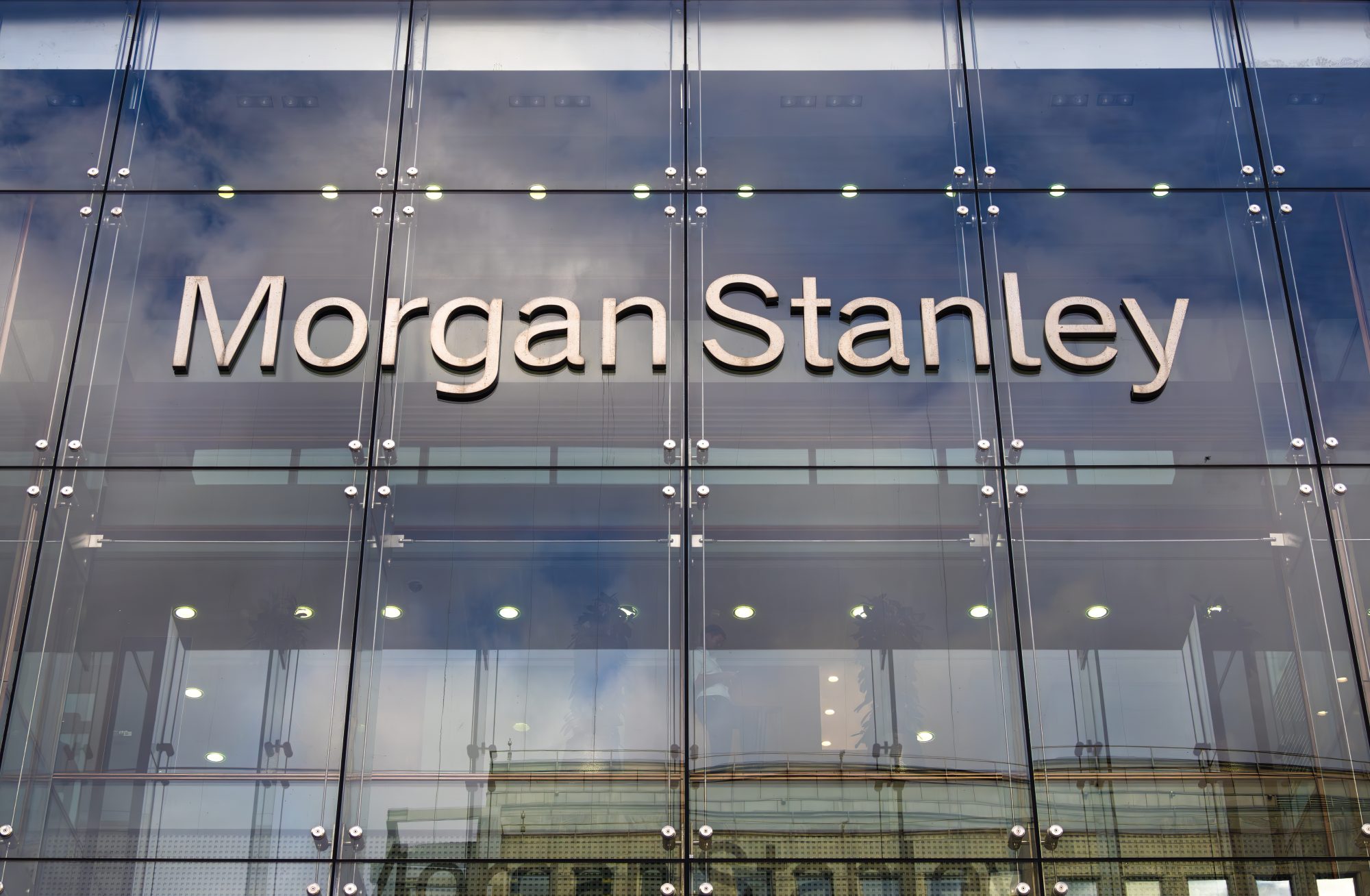Standard & Poor claims that the government prosecuted the company for fraud in retaliation for downgrading US government debt in a recent legal filing, reports Edvard Pettersson at Bloomberg Businessweek. The court statement alleges that then-US Treasury Secretary Timothy Geithner warned McGraw Hill Financial Inc (NYSE:MHFI) that there would be some sort of blowback if the ratings agency went ahead with the downgrade (McGraw Hill owns S&P).
McGraw Hill Financial Inc (NYSE:MHFI) says the conversation took place on August 8, 2011, shortly before it downgraded US debt from AAA, the highest possible grade, to AA+, and that Geithner specifically told him there would be a governmental response to any downgrade.
Last year the Justice Department sought $5 billion in civil penalties, accusing S&P of giving risky assets such as mortgage-backed securities higher credit ratings than they deserved to win business from investment banks (which needed the high ratings to keep moving their investment products) and then lying about the conflict of interest after the fact.
Case increases McGraw Hill litigation risk
In its recent filing, S&P is trying to force the government to release documents which it claims will prove that the Justice Department charges were politically motivated. S&P intends to use these documents as part of its ‘retaliation defense’ in the trial with Justice. That case is still winding itself through the California court system, and isn’t expected to hit trial anytime soon. Investors holding stock in McGraw Hill Financial Inc (NYSE:MHFI) have to take a fair amount of litigation risk into account (especially since a guilty verdict could lead to more lawsuits from other corners), but it’s unlikely that anything will unfold quickly.
S&P’s $2 trillion error
S&P was the only ratings agency to downgrade US debt, and that was only after it acknowledged making a $2 trillion error in its calculations. S&P claimed at the time that if the federal government had managed to cut projected deficits by $4 trillion instead of $2 trillion it wouldn’t have been forced to downgrade US debt. When it turned out that the US had in fact cut projected deficits by this amount, S&P ignored its own findings and proceeded with the downgrade. Debt markets (eg credit default swaps) more or less ignored S&P’s move.











